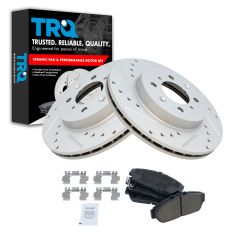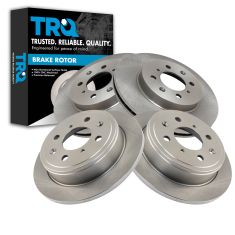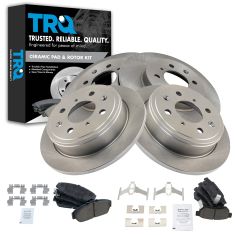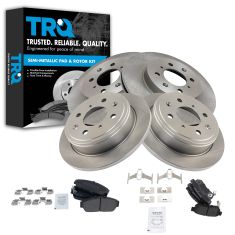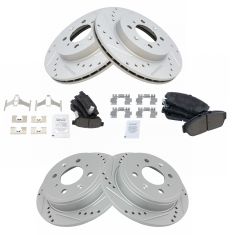1ABFS01223-Honda Civic Acura Integra Front Ceramic Brake Pad & Rotor Kit TRQ BKA11071
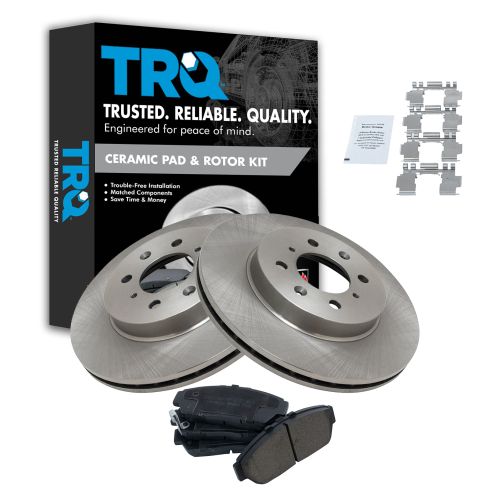
Replaces
1994 Honda Civic with ABS Brakes Front Ceramic Brake Pad & Rotor Kit TRQ BKA11071

Product Reviews
Loading reviews
5.00/ 5.0
1
1review
What you'd expect from pro service
August 14, 2023
Good parts as usual. I've come to except that. And at unbeatable prices
Customer Q&A
No questions have been asked about this item.
Honda is a registered trademark of Honda Motor Co., Ltd. 1A Auto is not affiliated with or sponsored by Honda or Honda Motor Co., Ltd.
See all trademarks.







